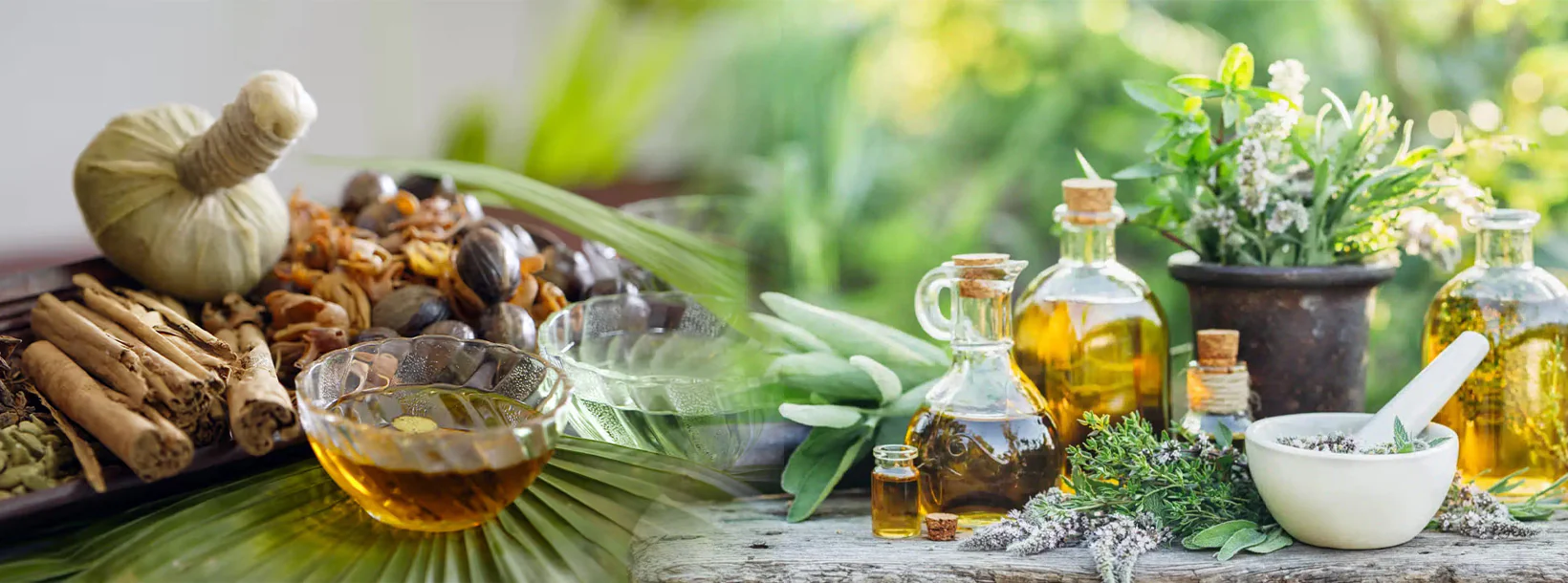
ආයුර්වේද ඖෂධීය ශාක
ශ්රී ලංකාවේ ආයුර්වේද සම්ප්රදාය තුළ සියවස් ගණනාවක් තිස්සේ භාවිතා කරන ලද ඖෂධීය ශාක වර්ග රාශියක් ඇත. ශ්රී ලංකාවට ආයුර්වේද වෛද්ය විද්යාවේ පොහොසත් සම්ප්රදායක් ඇති අතර, එහි දේශීය දැනුම සහ විවිධ ඖෂධීය ශාක මත පදනම් වේ. ශ්රී ලංකාවේ දක්නට ලැබෙන කැපී පෙනෙන ආයුර්වේද ඖෂධීය ශාක කිහිපයක් මෙන්න:
Drosera burmannii
Drosera burmannii, commonly known as Burmann's sundew, is a species of carnivorous plant in the Drosera genus, which is well-known for its unique method of capturing and digesting prey, primarily insects.
General Description:
Habitat: It is native to Southeast Asia, including countries like India, Sri Lanka, and parts of Southeast Asia, where it typically grows in damp, nutrient-poor soils such as those found in swamps, marshes, or along the edges of water bodies.
Size: It is a small sundew, usually reaching up to 10-15 cm in height.
Appearance:
Leaves: Like other sundews, D. burmannii has long, narrow leaves that are covered with glandular hairs, or tentacles. These tentacles secrete a sticky substance that helps trap insects. The leaves are often arranged in a rosette.
Color: The leaves of D. burmannii are typically green, and when the plant is in full sun, they may have a reddish tint, especially near the tips where the sticky secretions are located.
Flowers: It produces small, pink or white flowers, typically in a branched cluster. These flowers bloom on tall stems that rise above the leaves, adding a decorative touch to the plant.
Carnivorous Mechanism:
The leaves are covered in glandular hairs that secrete a sticky substance. When insects land on the surface, they get stuck. The tentacles bend toward the prey, and the plant begins to secrete digestive enzymes to break down and absorb nutrients from the trapped insects. This provides the plant with nutrients, particularly nitrogen, which is often scarce in the soil where it grows.
Growing Conditions:
Light: Drosera burmannii thrives in bright, indirect sunlight. It can tolerate full sun in cooler climates but may need some shade in hotter environments.
Water: It prefers pure water, such as distilled water or rainwater, and should not be watered with tap water, as the minerals can harm it.
Soil: The plant grows best in acidic, nutrient-poor soils, like sphagnum moss or a mix of sphagnum and sand.
Temperature: It prefers a warm environment with daytime temperatures between 25-30°C (77-86°F) and nighttime temperatures around 15-20°C (59-68°F).
Propagation:
Drosera burmannii can be propagated from seeds or by taking leaf cuttings. Seeds should be sown on moist, acidic soil, and given the right conditions, they will sprout within a few weeks.
-

අංකෙන්ද
Acronychia pedunculata -

බෙලි
Aegle marmelos -

බක්මී
Nauclea orientalis -

වෙනිවැල්
Coscinium fenestratum -

රසකිඳ/බූකිඳ/වල්කිඳ
Tinospora malabarica -

බූ කොබ්බෑ
Allophylus cobbe -

දැඩිකහ/දොඩං කහ/වැලිකහ
Memecylon capitellatum -

දියමිත්ත
Cissampelos pareira -

ඇඹුල් දොඩම්
Citrus aurantium -

ගස් නිදිකුම්බා
Biophytun reinward -

හීන් තඹල
Carmona microphylla -

ගොරකා
Garcinia cambogia -

කරපිංචා
Murraya koenigii -

කැප්පෙටියා/ගස් කැප්පෙටියා
Croton laccifer -

කොහොඹ
Azadirachta indica -

හීන් බැබිල
Sida alba -

කුඩුමිරිස්ස/කුඩුමිරිස්
Toddlia asiatica -

කුරුඳු
Cinnamomum zeylanicum -

මහ කරඹ
Carissa carandas -

මූණ මල්
Mimusops elengi -

නෙල්ලි
Phyltanthus emblica -

පුවක්
Areca catechu -

රතඹලා
Ixora coccinea -

පත් අඟුණ/රුක්අඟුන
Alangium salviifolium -

සපු/ගිනිසපු
Michelia champaca -

සියඹලා
Tamarindus indica -

වලංගසාල්/වල් එම්බිල්ල
Embelia ribes -

වල් කරපිංචා
Micromelum ceylanicum -

වෙල්ලන්ගිරිය/යකා බැඳි වැල්
Paramignya monophylla
ආයුර්වේද සහ ඖෂධීය
-
Siddhalepa Ayurveda Herbal Balm
Regular price From Rs 100.00 LKRRegular priceRs 200.00 LKRSale price From Rs 100.00 LKRSale -
Lakpura Wildcrafted Soursop (Guanabana, Graviola, Guyabano) Dehydrated Leaves Whole
Regular price From Rs 400.00 LKRRegular priceRs 500.00 LKRSale price From Rs 400.00 LKRSale -
Link Swastha Triphala
Regular price From Rs 600.00 LKRRegular priceRs 700.00 LKRSale price From Rs 600.00 LKRSale -
Sethsuwa Pranajeewa Oil
Regular price From Rs 1,000.00 LKRRegular priceRs 1,200.00 LKRSale price From Rs 1,000.00 LKRSale

















































